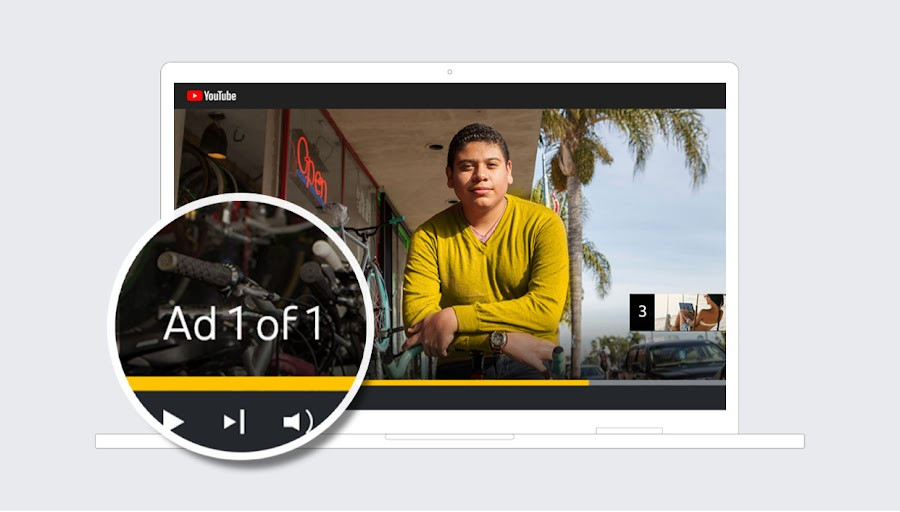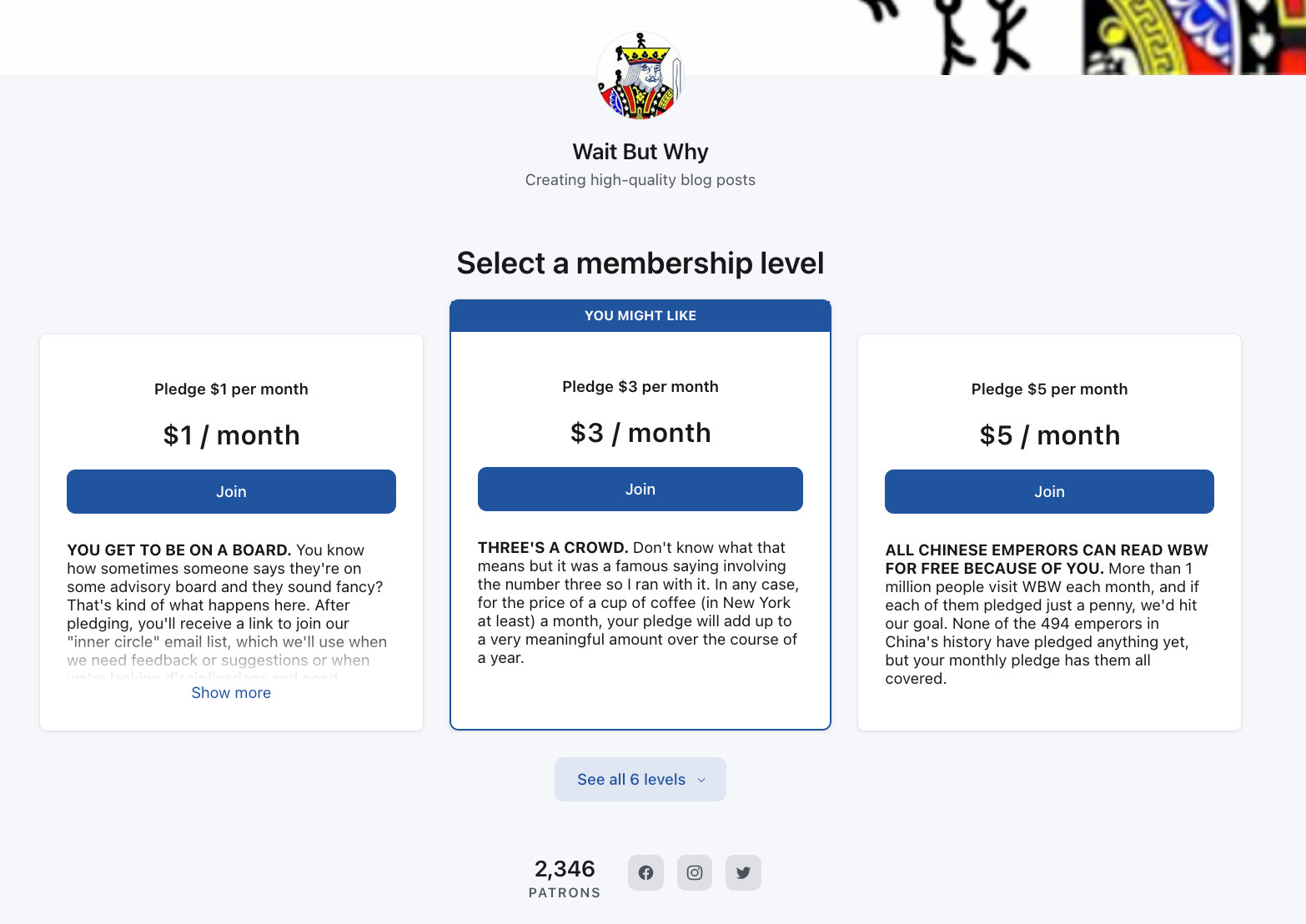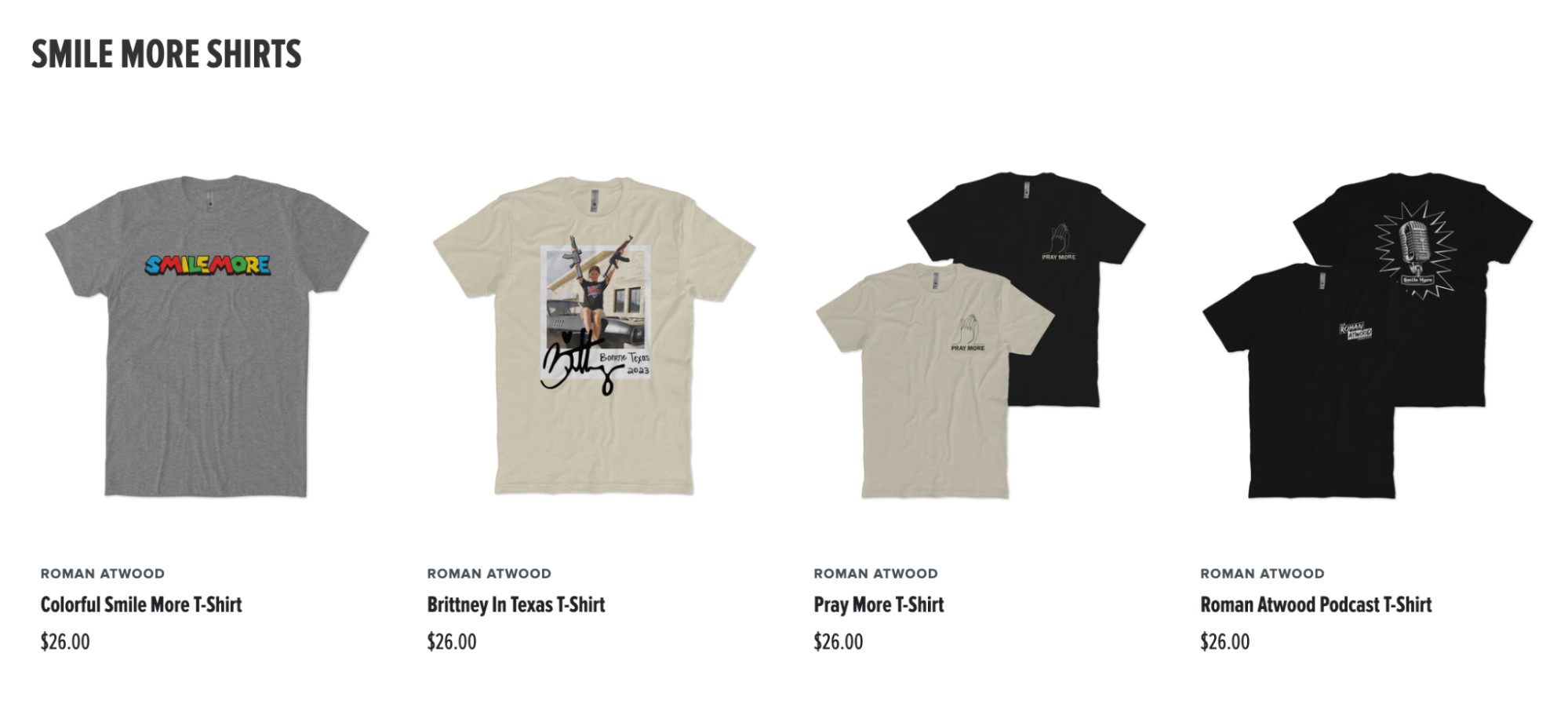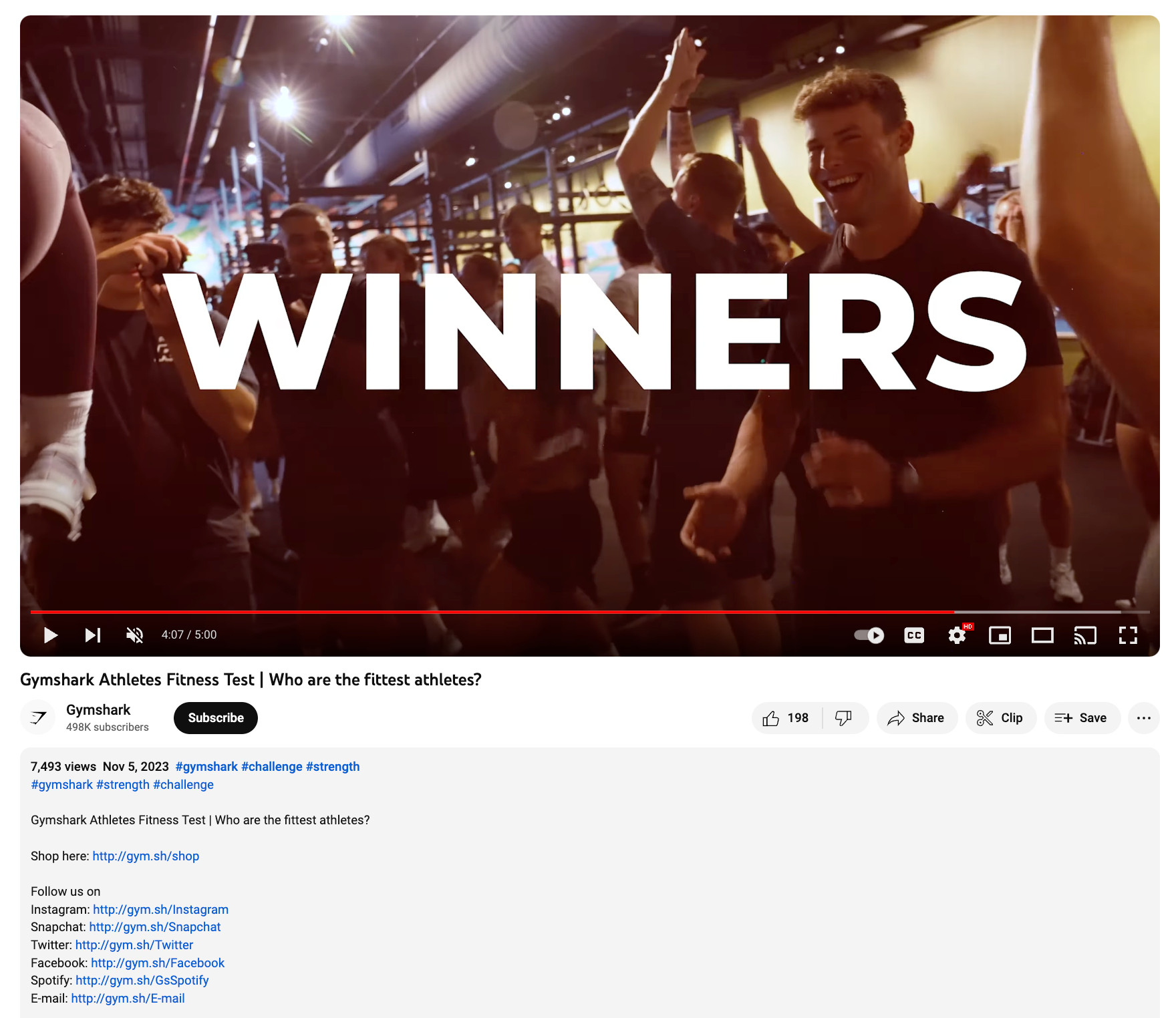Are you wondering How Can You Make Money Off Of Youtube and transform your creative passion into a sustainable income source? At money-central.com, we guide you through various monetization strategies, from ad revenue to direct fan funding, turning your views into value. Discover proven methods and essential tips to maximize your earnings and build a thriving channel. Explore options like affiliate marketing, merchandise sales, and influencer partnerships to diversify your revenue streams.
1. Joining the YouTube Partner Program: Your First Step
How do you start earning money on YouTube by becoming a partner?
Becoming a member of the YouTube Partner Program (YPP) is often the first significant step for creators aiming to monetize their content. According to YouTube, the YPP allows creators to earn money from their Shorts, live streams, and long-form videos through various methods.
By joining the YPP, creators can access several monetization features:
- Ad Revenue Sharing: Earn from ads displayed during your videos and between Shorts.
- YouTube Premium Revenue Sharing: Get a share of revenue when YouTube Premium subscribers watch your content.
- Fan Funding: Access Super Chat, Super Thanks, and channel memberships for direct support from your audience.
- YouTube Shopping: Offer products directly to your audience through your channel.
 YouTube Partner Program Eligibility
YouTube Partner Program Eligibility
Moreover, the YPP provides access to essential creator support and the Copyright Match Tool, safeguarding your original content. While joining the YPP is not the only way to make money on YouTube, it simplifies many monetization strategies. YouTube has paid over $50 billion to its partners in the last three years, highlighting the potential benefits of joining.
1.1. Meeting the Eligibility Criteria
What are the specific requirements to join the YouTube Partner Program?
To qualify for the YouTube Partner Program and its monetization features, your channel needs to meet specific criteria:
- Subscribers: A minimum of 1,000 subscribers.
- Watch Hours/Shorts Views: Either 4,000 valid watch hours in the past 12 months or 10 million Shorts views in the past 90 days.
- Compliance: Adherence to YouTube’s monetization policies and community guidelines.
- Location: Residing in an eligible region.
Once your channel meets these milestones, you can apply for the YPP through the Earn tab in YouTube Studio.
1.2. Benefits Beyond Monetization
Besides financial gains, what other advantages does the YouTube Partner Program offer?
Beyond direct monetization, the YouTube Partner Program offers several additional benefits:
- Access to Creator Support: Members receive dedicated support from YouTube to address issues and queries.
- Copyright Protection: The Copyright Match Tool helps protect your original content from unauthorized use.
- Advanced Analytics: Access detailed analytics to understand audience behavior and optimize content strategy.
- Early Access to Features: Opportunities to test and use new YouTube features before they are widely released.
These benefits enhance the overall experience and help creators grow their channels more effectively.
2. Leveraging Ad Revenue: Maximizing Earnings from Ads
How can you effectively use YouTube ads to generate revenue?
Once accepted into the YouTube Partner Program, one of the simplest ways to start earning money is through ad revenue. YouTube’s automated ad platform places display and video ads on your channel, generating income based on viewership and engagement.
When you enable ads on your long-form videos, YouTube displays pre-roll, mid-roll, and post-roll ads, some of which are skippable. While you cannot control the specific ads shown, for videos longer than eight minutes, you can choose to place mid-roll ads manually or automatically. The Revenue tab in YouTube Studio provides detailed reports on ad earnings, including monthly estimated revenue for monetized videos.
2.1. Optimizing Ad Placement
What strategies can you use to optimize ad placement for maximum revenue?
To maximize ad revenue, consider these optimization strategies:
- Strategic Mid-Roll Ads: For videos longer than eight minutes, strategically place mid-roll ads at natural breaks in the content to avoid disrupting the viewer experience.
- Monitor Ad Performance: Regularly check the Revenue tab in YouTube Studio to understand which videos generate the most ad revenue and adjust your content strategy accordingly.
- Audience Retention: Focus on creating engaging content that keeps viewers watching longer, increasing the chances of ad views and clicks.
- Ad Types: Experiment with different ad types, such as skippable and non-skippable ads, to see which perform best with your audience.
2.2. Considering Alternatives to Ad Revenue
Why should you consider other revenue streams in addition to ads?
While YouTube ads offer a passive income stream, relying solely on ads may not be sufficient for significant revenue. YouTube’s demonetization policies can sometimes be overly cautious, affecting ad revenue on certain content. Additionally, YouTube retains 45% of ad revenue from standard videos and 55% from Shorts.
To diversify income, consider combining ads with other monetization strategies such as fan funding, merchandise sales, and affiliate marketing.
3. Fan Funding: Engaging Your Audience for Direct Support
How can you encourage your audience to support your channel directly?
Fan funding provides viewers with direct ways to support your channel through tips and monthly payments. YouTube offers several features for creators in the Partner Program to facilitate this:
- Super Chat and Super Stickers: Viewers can purchase colorful messages and stickers that stand out during live streams and video premieres.
- Super Thanks: Fans can buy Super Thanks to show appreciation and highlight their comments on your videos.
- Channel Memberships: Offer exclusive benefits to paying members, such as badges, custom emojis, exclusive content, and members-only live chats.
 Patreon Page Example
Patreon Page Example
These features not only provide financial support but also foster a stronger connection between you and your audience.
3.1. Creating Attractive Membership Perks
What types of exclusive benefits can you offer to channel members?
To attract and retain channel members, offer a variety of exclusive benefits that add value for your audience:
- Custom Badges and Emojis: Allow members to stand out in live chats and comments.
- Exclusive Content: Offer members-only videos, shorts, and community posts.
- Early Access: Provide members with first-viewing rights to your new videos.
- Members-Only Live Chats: Host exclusive live streams and Q&A sessions for members.
- Member Recognition: Feature member avatars at the top of your channel page.
3.2. Utilizing External Fan-Funding Platforms
Are there alternative platforms for fan funding outside of YouTube?
Yes, platforms like Patreon offer additional ways to source donations for your channel. Patreon allows creators to offer extra content, access, and perks in return for regular donations. While this may require investing in additional content, Patreon provides a familiar and reliable way for your audience to support you.
Alternative funding platforms include Buy Me a Coffee and Ko-fi, which offer similar features.
4. Selling Products and Merchandise: Building a Brand
How can you leverage YouTube to sell products and merchandise?
YouTube Shopping allows you to sell products directly from your content, making it easier for fans to purchase your merchandise or products from brands you partner with.
 T-Shirts on a Website Category Page
T-Shirts on a Website Category Page
With YouTube Shopping, you can:
- Open a storefront on your channel.
- Connect your online store to display products around your videos.
- Tag products in your videos.
Many creators promote branded merchandise like tote bags, snapbacks, and t-shirts, or recommend products from brands they review.
4.1. Setting Up YouTube Shopping
What are the steps to set up YouTube Shopping on your channel?
The easiest way to use YouTube Shopping is by connecting your Shopify store to your YouTube channel. This automatically syncs your product listings, allowing customers to check out on YouTube or visit your store for a more in-depth shopping experience.
Steps to set up YouTube Shopping:
- Create a Shopify store (if you don’t already have one).
- Install the YouTube sales channel app on Shopify.
- Connect your YouTube channel to the app.
- Sync your product catalog.
- Tag or pin products in your videos and live streams.
4.2. Utilizing Print-on-Demand Services
How can print-on-demand services help you sell merchandise without inventory?
Print-on-demand (POD) services allow you to design affordable products that are produced and shipped on a per-order basis. This eliminates the need to manage inventory, making it easier and more cost-effective to sell merchandise.
Popular POD services include Printful, Teespring, and Redbubble. These platforms integrate with Shopify and YouTube, allowing you to easily sell branded swag to your audience.
5. Influencer Marketing: Partnering with Brands
How can you work with brands to create sponsored content?
Brands are increasingly investing in influencer marketing, allocating their advertising budgets to creators who have established strong relationships with their audiences. This presents an opportunity for you to partner with brands and create sponsored content in exchange for compensation.
To succeed as an influencer:
- Negotiate Fair Deals: Determine your baseline flat fee based on your average video views, multiplying the amount by 5¢ to 15¢ per view.
- Be Transparent: Clearly disclose when your content is sponsored to maintain trust with your audience.
- Endorse Products You Believe In: Only promote products that you genuinely like and believe will benefit your audience.
5.1. Finding Brand Partnerships
Where can you find brands interested in sponsoring your content?
Several platforms and strategies can help you find brand partnerships:
- Influencer Marketing Platforms: Platforms like AspireIQ, Upfluence, and Klear connect creators with brands looking for partnerships.
- Direct Outreach: Reach out to brands directly, showcasing your channel’s demographics and engagement metrics.
- Networking: Attend industry events and connect with brand representatives.
- YouTube Analytics: Use YouTube Analytics to identify brands that your audience is already interested in.
5.2. Maintaining Authenticity
How can you ensure sponsored content aligns with your brand and values?
Maintaining authenticity is crucial when creating sponsored content. To ensure alignment with your brand and values:
- Choose Relevant Brands: Partner with brands that align with your niche and audience interests.
- Maintain Creative Control: Negotiate the ability to maintain creative control over the sponsored content.
- Be Transparent: Clearly disclose the partnership to your audience.
- Provide Honest Reviews: Offer genuine reviews and opinions about the products you are promoting.
6. Licensing Your Content: Monetizing Viral Moments
How can you earn money by licensing your viral content to media outlets?
If you create a viral video with mass appeal, media outlets like TV news, morning shows, and online news sites may want to license your content in exchange for money.
To facilitate this:
- List Your Videos in Marketplaces: Platforms like Jukin Licensing make it easier for the right people to find and purchase your content.
- Respond to Inquiries: Be responsive to media outlets that reach out about licensing your videos.
- Understand Usage Rights: Clearly define the usage rights and terms of the license agreement.
6.1. Identifying Viral Content
What types of videos are most likely to go viral and attract media attention?
Videos that often go viral and attract media attention include:
- Funny Clips: Humorous content featuring pets, children, or unexpected situations.
- Emotional Stories: Heartwarming or inspiring stories that resonate with a wide audience.
- Unique Events: Videos capturing extraordinary or rare events.
- Trending Challenges: Content related to popular online challenges and trends.
6.2. Protecting Your Content
How can you protect your content from unauthorized use?
To protect your content from unauthorized use:
- Copyright Watermarks: Add watermarks to your videos to indicate ownership.
- Copyright Registration: Register your videos with the U.S. Copyright Office to strengthen your legal rights.
- YouTube’s Copyright Match Tool: Use YouTube’s Copyright Match Tool to identify and address unauthorized use of your content.
- DMCA Takedown Notices: Send DMCA takedown notices to platforms hosting unauthorized copies of your videos.
7. Crowdfunding: Funding Creative Projects with Community Support
How can you use crowdfunding to finance your creative video projects?
Crowdfunding is a viable option when you need financial support to bring your video ideas to life. Whether you need better equipment, actors, or other production resources, you can ask your audience and community to contribute.
To succeed with crowdfunding:
- Create a Compelling Pitch: Clearly explain your project and its goals.
- Offer Incentives: Provide rewards and perks for different levels of contribution.
- Promote Your Campaign: Share your crowdfunding campaign on YouTube and other social media platforms.
- Engage Your Audience: Keep your audience updated on the progress of your project.
7.1. Choosing the Right Crowdfunding Platform
Which crowdfunding platforms are most suitable for YouTubers?
Popular crowdfunding sites with a history of success for YouTubers include:
- Kickstarter: Known for funding creative projects, offering an all-or-nothing funding model.
- Indiegogo: Offers both flexible and fixed funding options, allowing you to keep the funds even if you don’t reach your goal.
- GoFundMe: Suitable for personal projects and causes, offering a simple and easy-to-use platform.
- Patreon: Can be used for project-based funding in addition to ongoing fan support.
7.2. Crafting an Effective Crowdfunding Campaign
What elements make a crowdfunding campaign successful?
An effective crowdfunding campaign should include:
- A Clear Goal: Define the specific amount of funding you need and what it will be used for.
- A Compelling Story: Share the inspiration behind your project and why it matters.
- Engaging Visuals: Include videos, images, and mock-ups to showcase your project.
- Meaningful Rewards: Offer a range of rewards that appeal to different levels of supporters.
- Regular Updates: Keep your backers informed about the progress of your project.
8. Affiliate Marketing: Earning Commissions Through Product Promotion
How can you earn commissions by promoting products from other brands in your videos?
Affiliate marketing involves earning a commission by promoting products or services from other brands in your videos. As a YouTube creator, you can become an affiliate marketer by creating content that promotes relevant products to your viewers.
To get started with affiliate marketing:
- Find Relevant Programs: Look for affiliate programs that align with your content and audience.
- Add Affiliate Links: Include affiliate links in your video descriptions or end cards.
- Disclose Your Affiliation: Clearly disclose that you are affiliated with the products you are reviewing.
 Gymshark YouTube Video with Links in Description
Gymshark YouTube Video with Links in Description
8.1. Joining Affiliate Programs
Which affiliate programs are best suited for YouTube creators?
Several affiliate programs are well-suited for YouTube creators, including:
- Amazon Associates: A popular program offering a wide range of products to promote.
- Shopify Affiliate Program: Ideal for promoting e-commerce tools and services.
- ClickBank: Specializes in digital products and offers high commission rates.
- ShareASale: Features a variety of merchants across different niches.
8.2. Promoting Affiliate Products Effectively
How can you promote affiliate products without alienating your audience?
To promote affiliate products effectively without alienating your audience:
- Choose Relevant Products: Only promote products that align with your channel’s content and audience interests.
- Provide Honest Reviews: Offer genuine and unbiased reviews of the products you are promoting.
- Be Transparent: Clearly disclose that you are using affiliate links and may earn a commission from sales.
- Focus on Value: Provide valuable content that helps your audience make informed purchasing decisions.
9. Maximizing YouTube Revenue: Key Strategies for Success
What are the most effective strategies for maximizing your revenue on YouTube?
To maximize your revenue on YouTube, consider the following strategies:
- Diversify Revenue Streams: Combine multiple monetization methods to create a stable income.
- Engage Your Audience: Foster a strong connection with your audience through regular interaction and valuable content.
- Optimize Your Content: Improve your video quality, titles, descriptions, and tags to increase viewership.
- Promote Your Channel: Use social media and other platforms to drive traffic to your YouTube channel.
- Analyze Your Performance: Regularly review your YouTube Analytics to understand what’s working and what’s not.
9.1. Understanding YouTube Analytics
How can YouTube Analytics help you improve your channel’s performance?
YouTube Analytics provides valuable insights into your channel’s performance, including:
- Watch Time: The total amount of time viewers spend watching your videos.
- Audience Retention: The percentage of viewers who watch your videos from start to finish.
- Demographics: Information about your audience’s age, gender, and location.
- Traffic Sources: The sources of traffic to your videos, such as YouTube search, suggested videos, and external websites.
By analyzing this data, you can identify trends, understand your audience, and optimize your content strategy.
9.2. Building a Loyal Audience
What are the key steps to building a loyal audience on YouTube?
Building a loyal audience is essential for long-term success on YouTube. To build a strong community:
- Be Consistent: Upload videos on a regular schedule to keep your audience engaged.
- Interact with Your Viewers: Respond to comments, ask questions, and solicit feedback from your audience.
- Create Engaging Content: Focus on creating high-quality, informative, and entertaining videos that resonate with your audience.
- Collaborate with Other Creators: Partner with other YouTubers to reach new audiences and build relationships.
10. Real-World Examples: Learning from Successful YouTubers
What can we learn from successful YouTubers about monetizing their channels?
Examining how successful YouTubers monetize their channels can provide valuable insights and inspiration.
10.1. Case Study: MrBeast
How does MrBeast generate revenue through his YouTube channel?
MrBeast is one of the highest-paid YouTubers in the world, known for his elaborate stunts and charitable endeavors. His revenue streams include:
- Ad Revenue: Earning money from ads displayed on his videos.
- Sponsorships: Partnering with brands to create sponsored content.
- Merchandise Sales: Selling branded merchandise through his online store.
- Affiliate Marketing: Promoting products from other brands in his videos.
MrBeast’s success demonstrates the power of combining multiple monetization methods and creating highly engaging content.
10.2. Case Study: Justine Leconte
How does Justine Leconte monetize her fashion-focused YouTube channel?
Justine Leconte is a fashion influencer who provides advice on dressing well and understanding fashion. Her revenue streams include:
- Ad Revenue: Earning money from ads displayed on her videos.
- Affiliate Marketing: Promoting fashion products and earning commissions on sales.
- Brand Partnerships: Collaborating with fashion brands on sponsored content.
- Digital Products: Selling e-books and online courses on fashion-related topics.
Justine Leconte’s success highlights the potential for niche channels to generate significant revenue through targeted content and diverse monetization strategies.
FAQ: Your Questions Answered
How many views do you need on YouTube to make money?
The number of views your YouTube channel receives doesn’t directly correlate to revenue earned. If your video gets thousands of views but no one engages with ads shown before your videos, you won’t make any money. This is because of YouTube’s criteria for billing advertisers: a viewer must click an ad or watch the video ad in full (10, 15, or 30 seconds) for you to get paid.
How much do you get paid per 1,000 views on YouTube?
The average YouTube channel receives around 1.8¢ per view, which equals $18 per 1,000 views, according to data from Influencer Marketing Hub.
Do you get paid for uploading videos on YouTube?
Content creators aren’t paid by YouTube for the videos they upload. For you to start making money on YouTube, you have to enable monetization in your YouTube account settings. From there, you have options to join the YouTube Partner Program or have your videos listed on YouTube Premium.
How do YouTubers make money on YouTube?
YouTubers make money through various methods, including:
- Joining YouTube’s Partner Program
- Selling products or merchandise
- Crowdfunding
- Fan funding
- Licensing content to media
- Working with brands as an influencer
- Becoming an affiliate marketer
How can you make money on YouTube without making videos?
To make money from YouTube without producing videos, you can partner with popular creators to promote your products to their viewers. Eligible Shopify users can add their products to YouTube’s affiliate marketing program in a few clicks, allowing creators to tag products in their videos so viewers can shop as they watch.
Address: 44 West Fourth Street, New York, NY 10012, United States.
Phone: +1 (212) 998-0000.
Website: money-central.com.
Ready to take control of your financial future and turn your YouTube passion into profit? Visit money-central.com today to explore more in-depth articles, use our powerful financial tools, and connect with financial experts. Your journey to financial success starts here.
